Two years ago my son interacted aggressively with nearly every child he met. Unprovoked, he would tackle other children and bite them in the face or ear—Mike Tyson style.
Yes, really.
I wish I were exaggerating. I was constantly left wondering ‘why is my child so angry and aggressive?’.
Fast forward two years later.
My daughter is deathly afraid of the vacuum. Blood curdling screams exit her mouth at the mere sight of the vacuum. But being a stay at home mom means the cleaning needs to get done even when the kids are around.
I put my daughter in the playpen to keep her safe and then looked to my son and uttered one simple sentence:
“Looks like she is sad.”
That was it. No instructions, further details, or gesturing on my part.
I continued vacuuming, trying to finish as quickly as possible so my daughter would not endure the terror any longer. Then out of the corner of my eye…
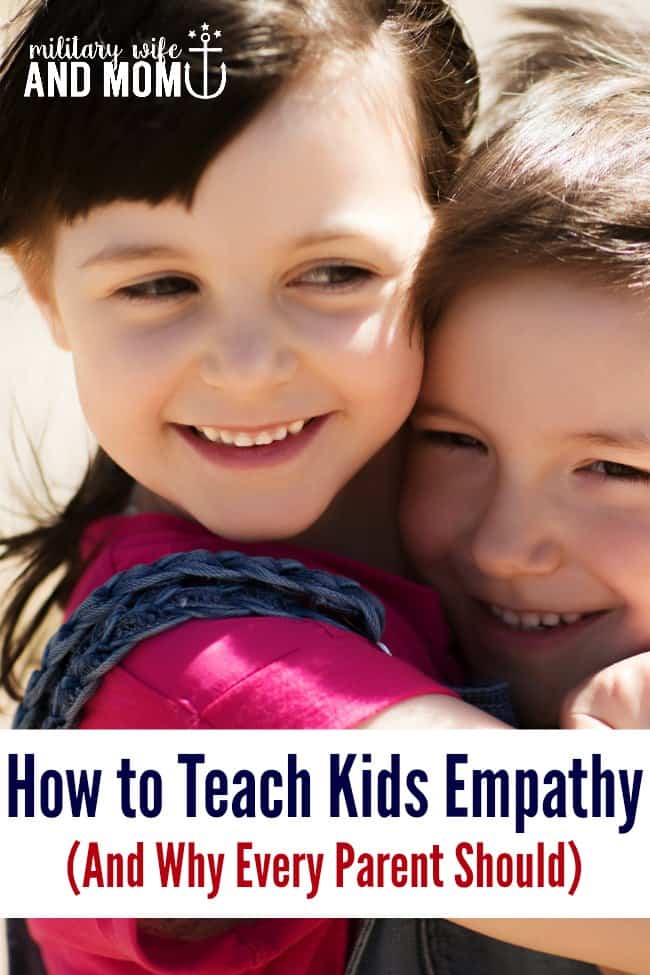
post contains affiliate links
I saw something incredible happen.
My son managed to pull himself away from the tv, go into the fridge to grab a yogurt, walk to the utensil drawer to grab a spoon, and proceeded to climb into the playpen with his baby sister.
He patted her on the head, opened the yogurt and started feeding it to her. Over the loud humming of the vacuum, I could hear him say, “It’s okay. I’m here with you, sister.” So often we fight the battles of jealous siblings, but this was something different.
This was empathy at work.
When kids learn the important skill of empathy you will witness the magic start to unfold. Maybe not immediately. Maybe not days afterward. And definitely not in the way you expect.
(The yogurt wasn’t part of my plan.)
But surely months and years down the road, you are going to witness a remarkable transformation in your child.
After seeing another child fall into a big open dirt pit, your child will not run away, leaving the other to fend for themselves.
No.
No, they will not.
Instead, your child will be the one who not only reaches down into the pit, but the one who climbs down to meet their friend, puts an arm around their shoulder and says this:
“I’ve been down in this pit here before. It feels hard. Like you’re stuck. But I’m here with you and I know the way out.”
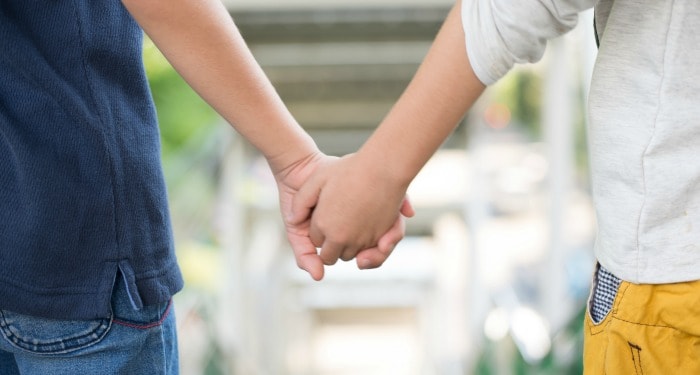
It wasn’t always this way.
Back when my son was biting off the ears of other children (yes, I have a sense of humor about it now), it was difficult for me to envision what he would be like after empathetic parenting started to work.
For a while all I could see was a thick cloud of aggressive behavior.
It went on for miles and miles, congesting every area of our family life for months. My own parenting guilt and shame consumed me during our year of toddler biting. I couldn’t understand why my kid and why me.
Then the cloud lifted.
I started to look past the aggressive behavior to see my son–a child, who simply needed some help. He was experiencing a crazy amount of anger and frustration, and he had no idea how to safely and constructively channel those emotions.
He needed someone to teach him how to gain self-control, process emotions and interact with others in a kind and loving way.
How to teach kids empathy.
If you are wanting to teach your child empathy there are a ton of different ways you can do it, but no matter which you choose, it always starts with one thing: feelings.
Talk to your child about emotions.
You can verbalize your child’s feelings for him or her. (If you get it wrong, they will correct you. So no worries there.)
Teaching kids about their emotions and how those emotions influence behavior broadens their understanding of how others feel too. It’s as simple as…
“You’re really angry right now. And because you’re angry, you don’t feel like cleaning your room.”
“You’re frustrated that you can’t spend the day at home. Going to school doesn’t feel very fun to you.”
Share your own feelings with your child.
There is a false notion that parents need to protect kids from their own emotions. If you are angry or sad or frustrated or happy or excited, go ahead and share those feelings with your child.
So long as you aren’t blaming your emotions on your kids or expecting them to solve an adult problem for you, then sharing that “you’re having a bad day” in a calm and confident way is sooooooooo healthy.
For you to express and share.
And for your child to see and understand.
Talk about the feelings you think others are experiencing.
Point out situations to your kids that call on empathy. Such as, “She looks sad.” Or “Looks like he’s frustrated.” By modeling empathetic behavior, you can encourage sympathetic responses in your child.
You can also have your child “make a face.” Research shows that simply making a facial expression can help us understand the emotional experience of another person.
Here’s a classic example…
Have you ever found yourself making a sad face when responding to a crying baby? Then feeling sad that the baby is crying?
This is a perfect example of empathy using “make a face.” And this is what your child will experience when they “make a face” to emulate another child’s emotional experience.
Look at faces and name the feelings.
You can do this in real life or using books. Helping your child learn to identify emotions in pictures broadens their capacity for empathy and compassion.
I recently listened to Daniel Pink on The Great Parenting Show and he shared a fascinating example about empathy.
He said that non-handicapped people were parking in the handicapped spots at a local venue. The spots were clearly marked handicapped, and non-handicapped people still parked there anyway.
Then they tried something that changed everything…
They created a sign for the parking spot that showed a photo of an actual handicapped person in the local community and said, “Park here; Think of me.”
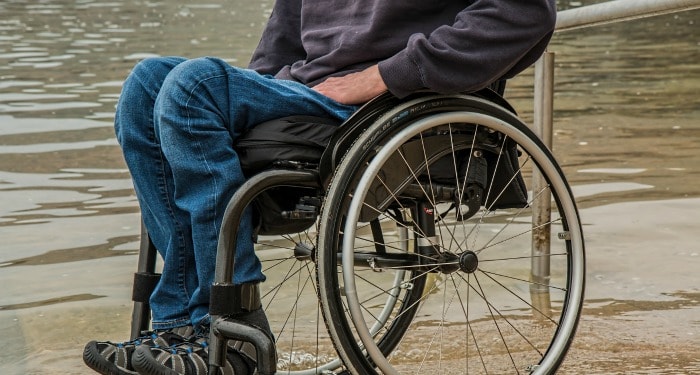
Here’s the crazy thing that happened.
Local patrons stopped parking there. This is what fancy science people refer to as “the hot-cold component” of empathy. You have to visualize and connect yourself to the person in order to empathize with them.
Otherwise, out of sight, out of mind.
This is the same reason why all of America shamed and judged the mom whose son jumped in the Gorilla cage at a zoo. It’s hard to empathize with a person when you can’t visualize and connect with their experience.
But if people were to see video of the mom caring for her son at home, then heard about the Gorilla mishap, their response would likely include a lot more empathy.
Empathy can change the world.
It can start with something as small as sitting with a baby whose terrified of vacuums, patting her on the head and offering her a bite of food.
But one day–hopefully–it will turn into something as big as seeing an upset peer alone at the school playground,
Walking confidently in their direction,
Putting an arm around the shoulder,
And saying this…
“I am here with you. I’ve been down here before, and I know the way out.”
Want more on parenting?
- 4 Surprising Reasons Empathy Doesn’t “Work“
- How to Make Kids Listen: 30 Genius Resources for Parents
- 9 Miracle Phrases to Use When Dealing With a Strong-Willed Child
- 2 Year Old Not Listening? Try This Remarkable Tip
I've created a free email series just for you! If you are struggling with teaching your child to listen, this series will help transform your parenting. Yes, really. I've seen my proven strategies work time and time again for parents. I know it can work for you too.
After taking my free email series, you will:
- Learn simple, yet highly effective listening strategies
- Experience a stronger connection with your child
- Enjoy more peaceful parenting days
- Gain more cooperation from your child

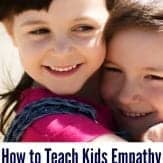
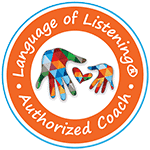
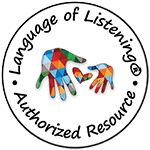
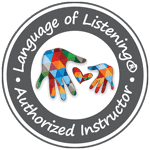
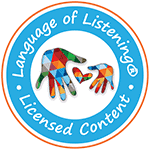








I am grandma to a 5-year-old who has divorced parents and is with my son for school during the week and with his mom on weekends. The mom just is not fit to be a mom. She allows her children to do whatever they want to do. They sleep wherever they drop and the child does not understand why he can’t do that with his dad and stepmom. He has massive behavior problems at school and they are at their wit’s end. I printed out a lot of the things I found on your sight and plan to give it to my daughter in law. Thanks for this site.
Hi! My toddler boy is 19 months. He grabs and pulls my hair when i dress him. He starts hitting, bitting when tirred, overwhelmed or exausted.
Is he sick? 🙁
Empathy is so so so important. I love this post! Encouraging your children to look at others’ face and describe his or her emotions is so important to do with kids as well as label! We do so much of this with our two year old. And with my older two, we did a lot of Emotion Coaching. It’s incredible though how one of our gifted sons is naturally VERY empathetic and has always “gotten it” even as young as three. Whereas the other is still in his own little bubble although he is seven so we really have to focus on doing everything you said to teach him these empathic skills.